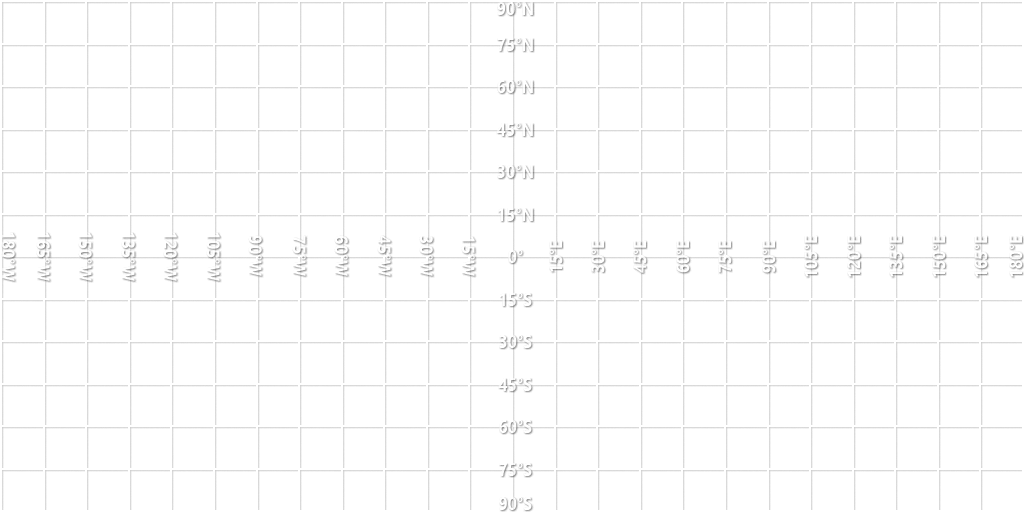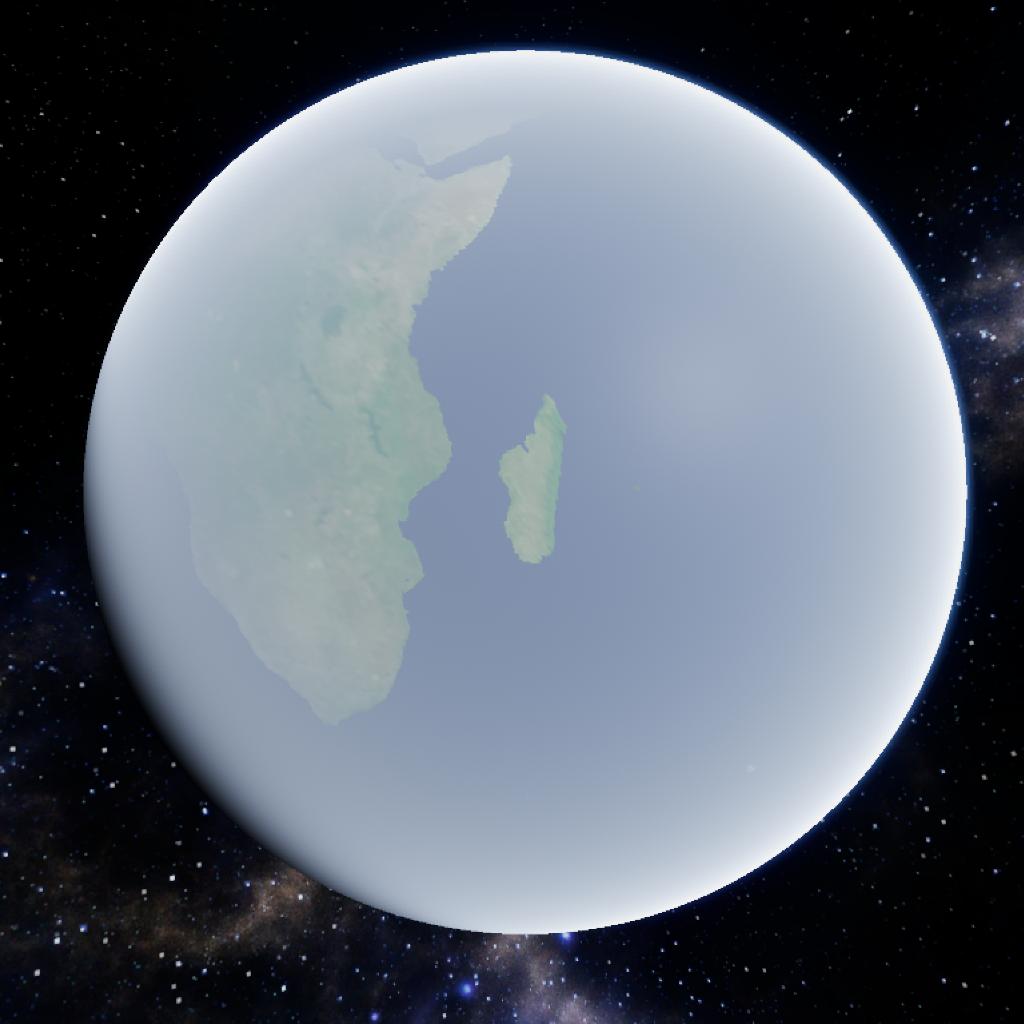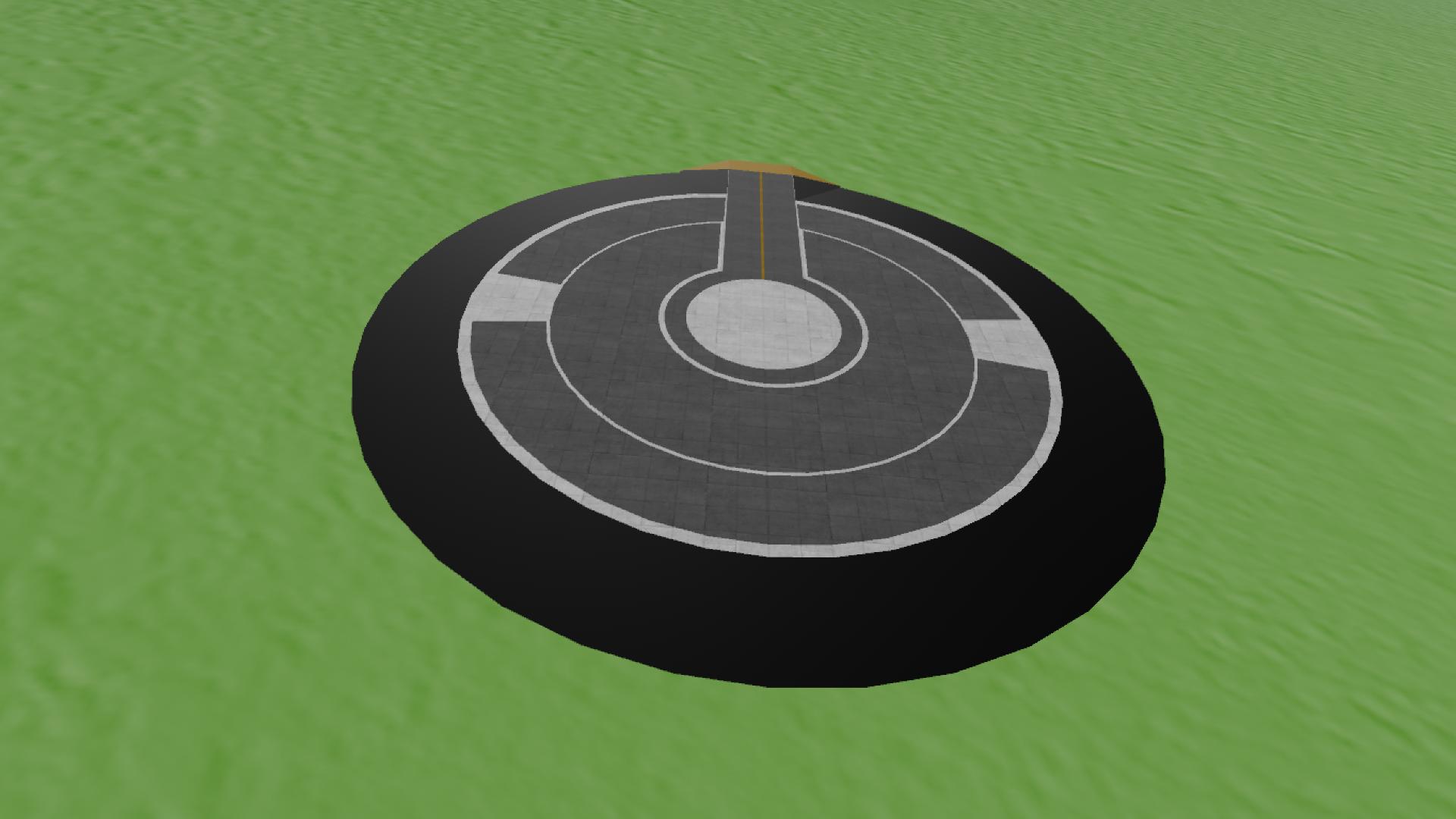Earth is the third planet from the Sun and the only astronomical object known to harbor life. This is enabled by Earth being an ocean world, the only one in the Solar System sustaining liquid surface water. Almost all of Earth's water is contained in its global ocean, covering 70.8% of Earth's crust. The remaining 29.2% of Earth's crust is land, most of which is located in the form of continental landmasses within Earth's land hemisphere. Most of Earth's land is at least somewhat humid and covered by vegetation, while large sheets of ice at Earth's polar deserts retain more water than Earth's groundwater, lakes, rivers, and atmospheric water combined. Earth's crust consists of slowly moving tectonic plates, which interact to produce mountain ranges, volcanoes, and earthquakes. Earth has a liquid outer core that generates a magnetosphere capable of deflecting most of the destructive solar winds and cosmic radiation.
Earth has a dynamic atmosphere, which sustains Earth's surface conditions and protects it from most meteoroids and UV-light at entry. It has a composition of primarily nitrogen and oxygen. Water vapor is widely present in the atmosphere, forming clouds that cover most of the planet. The water vapor acts as a greenhouse gas and, together with other greenhouse gases in the atmosphere, particularly carbon dioxide (CO2), creates the conditions for both liquid surface water and water vapor to persist via the capturing of energy from the Sun's light. This process maintains the current average surface temperature of 14.76 °C (58.57 °F), at which water is liquid under normal atmospheric pressure. Differences in the amount of captured energy between geographic regions (as with the equatorial region receiving more sunlight than the polar regions) drive atmospheric and ocean currents, producing a global climate system with different climate regions, and a range of weather phenomena such as precipitation, allowing components such as nitrogen to cycle.
Earth is rounded into an ellipsoid with a circumference of about 40,000 kilometres (25,000 miles). It is the densest planet in the Solar System. Of the four rocky planets, it is the largest and most massive. Earth is about eight light-minutes away from the Sun and orbits it, taking a year (about 365.25 days) to complete one revolution. Earth rotates around its own axis in slightly less than a day (in about 23 hours and 56 minutes). Earth's axis of rotation is tilted with respect to the perpendicular to its orbital plane around the Sun, producing seasons. Earth is orbited by one permanent natural satellite, the Moon, which orbits Earth at 384,400 km (238,900 mi)—1.28 light seconds—and is roughly a quarter as wide as Earth. The Moon's gravity helps stabilize Earth's axis, causes tides and gradually slows Earth's rotation. Tidal locking has made the Moon always face Earth with the same side.
Earth, like most other bodies in the Solar System, formed about 4.5 billion years ago from gas and dust in the early Solar System. During the first billion years of Earth's history, the ocean formed and then life developed within it. Life spread globally and has been altering Earth's atmosphere and surface, leading to the Great Oxidation Event two billion years ago. Humans emerged 300,000 years ago in Africa and have spread across every continent on Earth. Humans depend on Earth's biosphere and natural resources for their survival, but have increasingly impacted the planet's environment. Humanity's current impact on Earth's climate and biosphere is unsustainable, threatening the livelihood of humans and many other forms of life, and causing widespread extinctions.[23]
Etymology
The Modern English word Earth developed, via Middle English, from an Old English noun most often spelled eorðe.[24] It has cognates in every Germanic language, from which Proto-Germanic *erþo has been reconstructed. In its earliest attestation, the word eorðe was used to translate the many senses of Latin terra and Greek ge: the ground, its soil, dry land, the human world, the surface of the world (including the sea), and the globe itself. As with Roman Terra (or Tellus) and Greek Gaia, Earth may have been a personified goddess in Germanic paganism: late Norse mythology included Jörð ('Earth'), a giantess often given as the mother of Thor.[25]
Historically, Earth has been written in lowercase. During the Early Middle English period, its definite sense as "the globe" began being expressed using the phrase the earth. By the period of Early Modern English, capitalization of nouns began to prevail, and the earth was also written the Earth, particularly when referenced along with other heavenly bodies. More recently, the name is sometimes simply given as Earth, by analogy with the names of the other planets, though earth and forms with the earth remain common.[24] House styles now vary: Oxford spelling recognizes the lowercase form as the more common, with the capitalized form an acceptable variant. Another convention capitalizes Earth when appearing as a name, such as a description of the "Earth's atmosphere", but employs the lowercase when it is preceded by the, such as "the atmosphere of the earth". It almost always appears in lowercase in colloquial expressions such as "what on earth are you doing?"[26]
The name Terra /'t?r?/ TERR-? is occasionally used in scientific writing; it also sees use in science fiction to distinguish humanity's inhabited planet from others,[27] while in poetry Tellus /'t?l?s/ TELL-?s has been used to denote personification of the Earth.[28] Terra is also the name of the planet in some Romance languages, languages that evolved from Latin, like Italian and Portuguese, while in other Romance languages the word gave rise to names with slightly altered spellings, like the Spanish Tierra and the French Terre. The Latinate form Gaea (English: /'d?i?.?/ DJEE-?) of the Greek poetic name Gaia ([gâi?.a] or [gâj.ja]) is rare, though the alternative spelling Gaia has become common due to the Gaia hypothesis, in which case its pronunciation is /'ga?.?/ GYE-? rather than the more traditional English /'ge?.?/ GAY-?.[29]
There are a number of adjectives for the planet Earth. The word earthly is derived from Earth. From the Latin Terra comes terran /'t?r?n/ TERR-?n,[30] terrestrial /t?'r?stri?l/ t?rr-EHST-ree-?l,[31] and (via French) terrene /t?'ri?n/ t?-REEN,[32] and from the Latin Tellus comes tellurian /t?'l??ri?n/ teh-LUURR-ee-?n[33] and telluric.[34]
I Made it In Accurate Scale. Biomes Are Broken
GENERAL INFO
- Created On: Windows
- Game Version: 1.3.115.0
CHARACTERISTICS
- Radius: 6,378 km
- Sea Level: 0 m
- Surface Gravity: 9.8 m/s
- Rotational Period: N/A
- Escape Velocity: 11.18 km/s
- Mass: 5.97E+24kg
Atmosphere
- Height: 59 km
- Scale Height: 8,483 m
- Surface Air Density: 1.200 kg/m3
- Surface Temperature: 280 K
EQUIRECTANGULAR MAP

3 Comments
- Log in to leave a comment
-
-
23.5k Aludra8777 months ago
Good old terra, our amazing homeworld, you did terra justice! I love the fact that you put in the origin of Earths name in the description! You sure are dedicated!



@DeeganishAeronauticsSA
@deutschFella